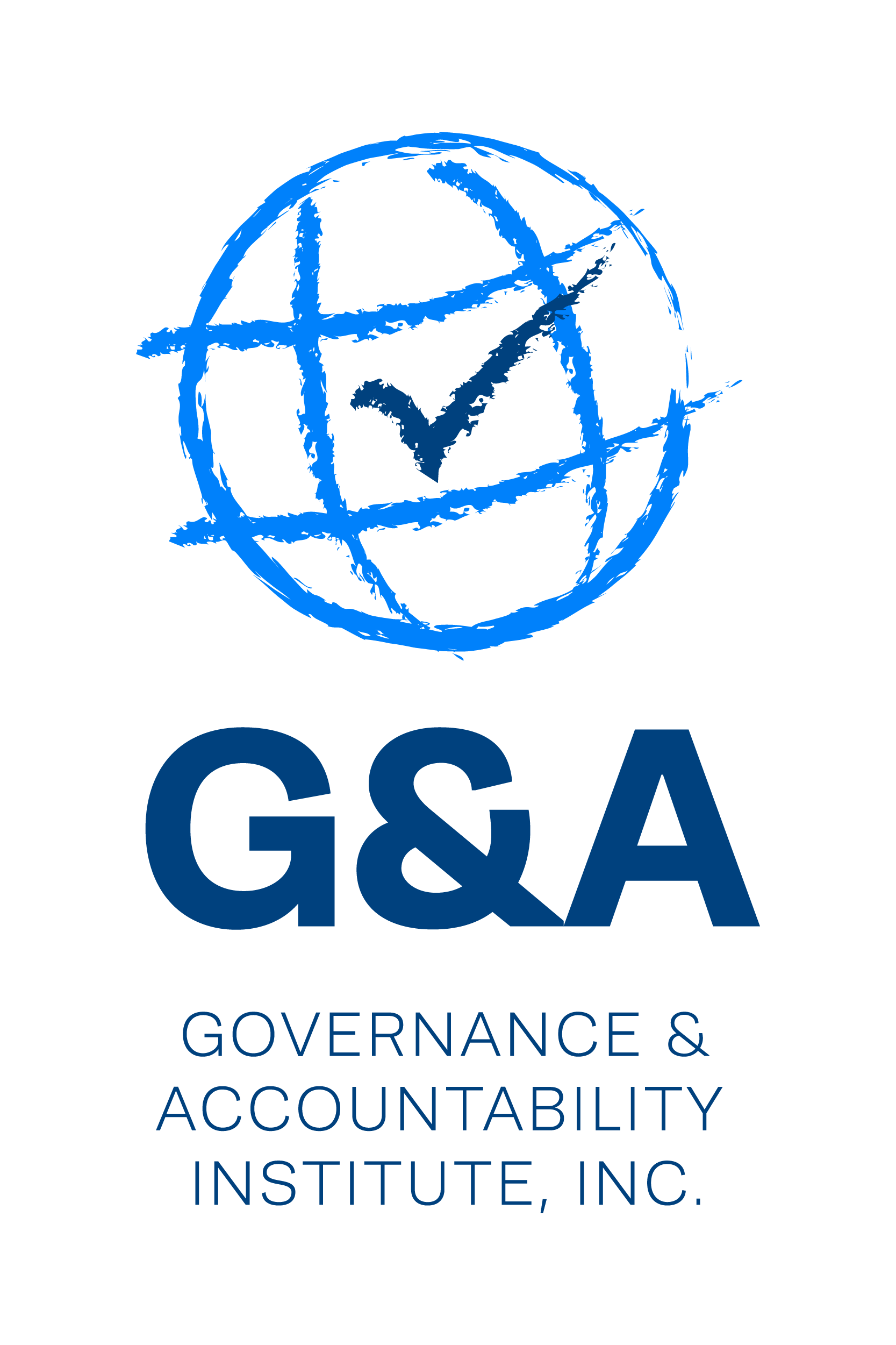Moving the World Forward Toward a More Sustainable Future: The Member Nations of the United Nations, Working Collaboratively For Progress in the 21st Century
G&A's Sustainability Highlights (06.18.2019)
Moving The World Forward Toward a More Sustainable Future: The Member Nations o…
“The United Nations” began as a World War II era concept as President Franklin D. Roosevelt talked about the allies of the United States partnering in the fight to save democracy and collectively battling the regimes of fascist dictators in Europe and Asia. On January 1, 1942, 26 nations “united” in Washington DC to battle the “Axis” powers. In February the president addressed the nation in his 20th “fireside chat” (broadcasting nationwide on the radio) to talk about the progress of the war.
The U.S. was coming from far behind in terms of preparedness, and so an important part of the progress in this, the first year of U.S. involvement in the global conflict, President Roosevelt explained to the nation of 125 million souls:
“The United Nations constitutes an association of independent peoples of equal dignity and equal importance. The United Nations are dedicated to a common cause. We share equally and with equal zeal the anguish and the awful sacrifices of war. In the partnership of our common enterprise, we must share in a unified plan in which all of us must play our several parts, each of us being equally indispensable and dependent one on the other.
“We have unified command and cooperation and comradeship. We of the United Nations are agreed on certain broad principles in the kind of peace we seek. The Atlantic Charter applies not only to the parts of the world that border the Atlantic [Ocean)] but to the whole world; disarmament of aggressors, self-determination of nations and peoples, and the four freedoms – freedom of speech, freedom of religion, freedom from want, and freedom from fear.”
The leader of the free world envisioned an organization that could bring about a new world ordering, to assure peace and prosperity. He passed away in April 1945; soon the global conflict ended; and then what he long envisioned became the possible: On October 24, 1945, 50 nations gathered in San Francisco to sign on to the “United Nations Conference on International Organizations” – and the UN as we know it today was launched. (We celebrate UN Day on 24 October in commemoration of that historic event.)
Today the UN has 193 members – sovereign states that have equal representation in the UN General Assembly. The UN is the world's largest intergovernmental organization – a forum for governments, not a world government. And within the organization are important initiatives that have been shaping corporate responsibility, corporate citizenship, sustainability, and for capital markets, sustainable investing. These are agencies, programs, institutes, global collaborations, and other entities.
You know some of them as the UN Principles for Responsible Investing (PRI); the UN Global Compact UNGC); the UN Sustainable Development Goals (SDGs); the work of the UN Environmental Programme (UNEP). Today we are hearing quite a bit in the corporate sector and in the capital markets about the Universal Declaration of Human Rights (adopted 1948); the UN has been the driving force behind 80-plus “human rights laws”. Consider: the declaration has been translated into 380 languages, says the UN High Commissioner for Human Rights.
In this issue, we share with you three recent highlights from the UN universe. First, an update from the UNGC CEO Lisa Kingo, stressing that now is the time for society to invest in the 1.5C future…”there never has been a time”, she points out, “like today for coming together and jumpstarting a worldwide transformation towards a more inclusive and sustainable net-zero economy.”
Also from the UNGC, news of the launch of the Ocean Stewardship 2030 Report – to be a roadmap for how ocean-related industries and policymakers can jointly secure a healthy and productive ocean by 2030. We are now in the Decade of Action on the Global Goals (the SDGs). The UNGC is an initiative of the UN Secretary General, a call to companies everywhere to align their operations and strategies with 10 universal principles focused on human rights, labor, environment and anti-corruption.
The Global Reporting Initiative (GRI) is today an independent global foundation that was birthed by the United Nations, building on the principles advanced for corporate responsibility by the NGO Ceres (based in Boston). An organization known for a philosophy of “constant improvement”, GRI has organized an Agriculture and Fishing Project Working Group that will lead the work to create a new sustainability standard for ag & fishing.
This is part of the work of GRI’s New Sector Program – a multi-stakeholder group will move forward the initiative to help companies with ag and fishing in their value chains promote transparency and accountability, and better understand their role in sustainable development.
It’s almost 80 years now since President Franklin Roosevelt – one of the most progressive leaders in U.S. history – conceived of the “united nations”, a necessity to bring together the resources of other nations to fight a war on all of the continents, whose outcome was then uncertain. In November 2010 Secretary General Ban Ki-Moon noted: “Sadly, FDR never saw the fruits of his efforts. He died weeks before the founding conference. Yet his vision lives on in the UN Charter’s collective commitment to peace and security, economic and social welfare, tolerance and fundament human rights. Franklin Roosevelt’s Four Freedoms. This legacy of multilateral cooperation guides us today…”
This is just the introduction of G&A's Sustainability Highlights newsletter this week. Click here to view the full issue.

